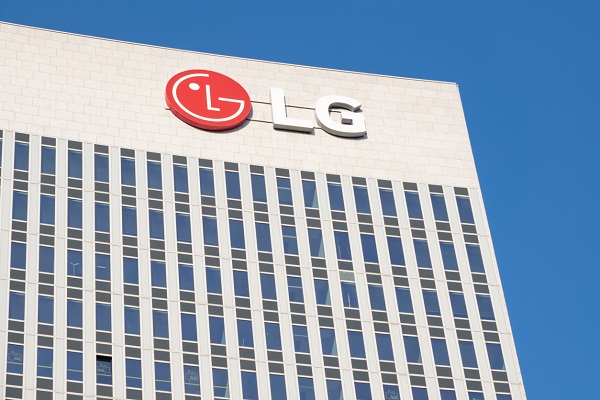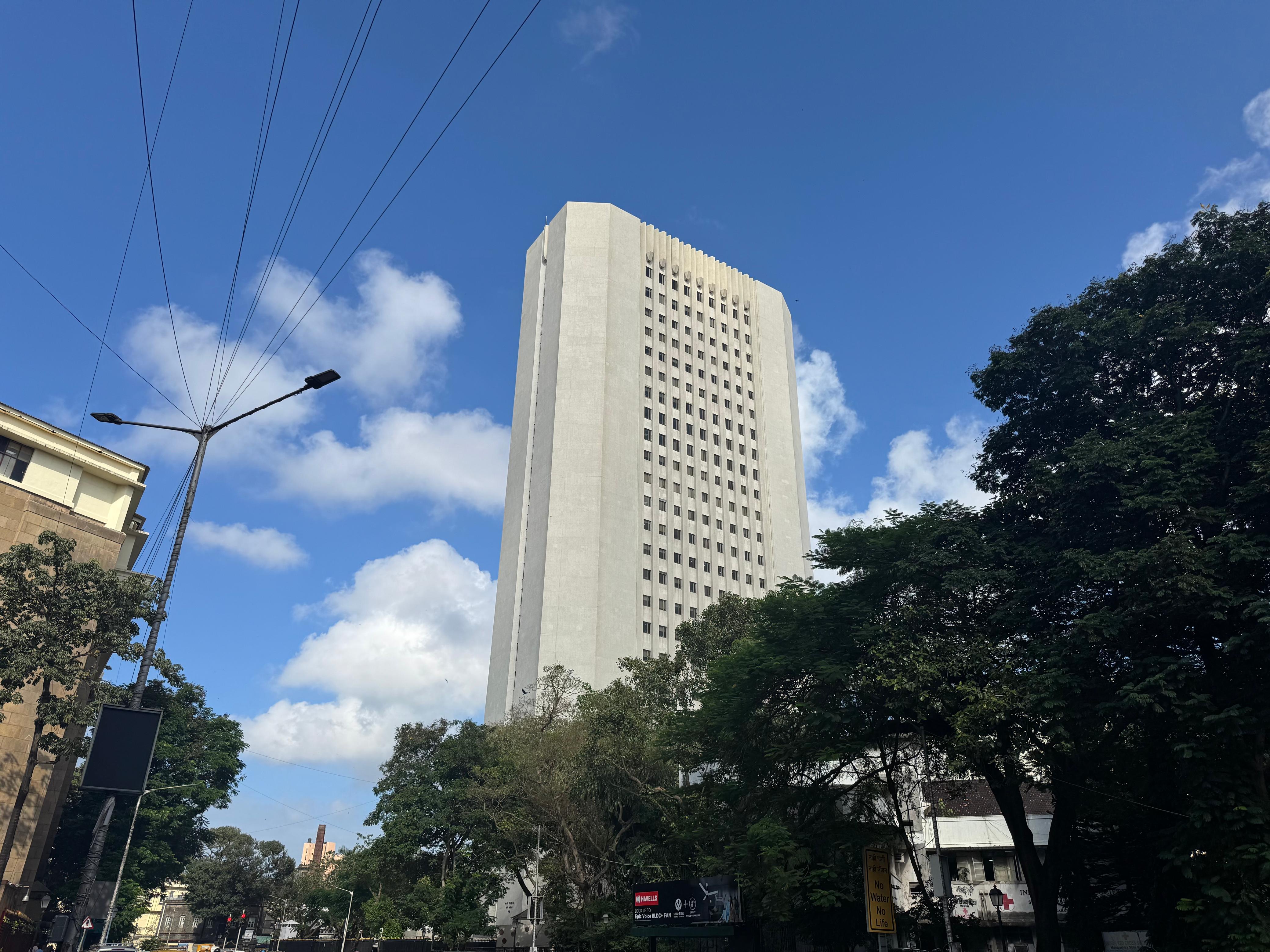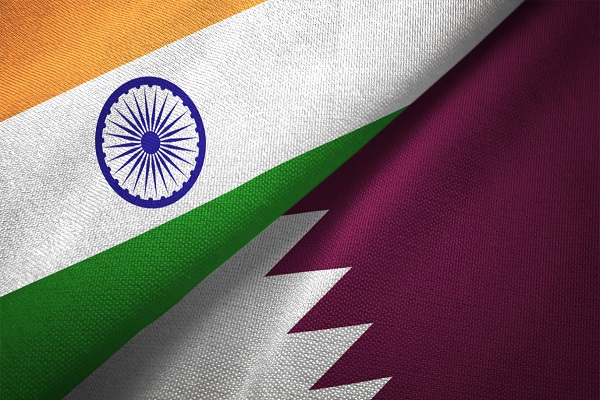.png)

By Hemachandra Padhan
Dr Hemachandra Padhan is an Assistant Professor, General Management and Economics, IIM Sambalpur.*
October 7, 2025 at 10:13 AM IST
When India turns 100 in 2047, the story of its public health will not only be told in hospital wards or life expectancy charts, but also in lines of code, in algorithms that triage, models that flag outbreaks early, and voice assistants that help ASHA workers counsel families in their local dialects. Yet technology never arrives as a neutral remedy. How artificial intelligence is designed, governed, and absorbed into India’s plural cultures will decide whether it bridges inequities or deepens them.
India’s healthcare transformation is no longer a distant vision. It’s unfolding in real time — in the villages where AI-driven diagnostics are replacing guesswork, in clinics where teleconsultations are rewriting access, and in cloud databases where citizens’ medical histories are stitched together. But beneath this progress lies a tougher challenge: making machines understand human complexity — the diversity of India’s languages, diets, and traditions.
Digital Foundations
India began laying the groundwork for this transformation long before “AI” became a buzzword. Initiatives like the Ayushman Bharat Digital Mission, e-Sanjeevani, and the CoWIN platform have already digitised health records, consultations, and vaccine logistics. The National Digital Health Mission gave every citizen a unique health ID, creating the skeleton of a national health infrastructure.
These innovations are not cosmetic. For millions in rural India, where doctors are scarce and distances vast, they have meant continuity of care. AI-powered telemedicine, especially through e-Sanjeevani, has made it possible for a patient in Gadchiroli to consult a cardiologist in Chennai without ever leaving her village.
Algorithms Speak Local
But technology will only work as well as it listens. India’s 1.4 billion people converse in over 120 major languages and 270 mother tongues. If AI systems can’t understand them, they can’t serve them. That’s why one of the quiet revolutions underway is linguistic — voice-based health assistants now being trained to converse in Hindi, Tamil, Bengali, and beyond. They remind patients to take medicines, interpret prescriptions, or explain lab reports in the language that feels like home.
The same sensitivity must extend to food. Diets are culture in India, and culture is health. AI-driven nutrition platforms like Smart Diet India are using machine learning to create customised meal plans that respect local ingredients and customs — rice in the south, millets in the drylands, fish in the east — instead of flattening diversity into calorie counts.
No discussion of Indian health is complete without its traditional systems. Ayurveda, Unani, Siddha, and Sowa Rigpa aren’t just historical curiosities — they form a parallel knowledge network that millions still trust. AI is now being used to catalogue and analyse this vast corpus through initiatives like the Traditional Knowledge Digital Library. By digitising centuries of medicinal wisdom, India is not only protecting itself from biopiracy but also building the foundations for integrative, evidence-based medicine.
AI cannot succeed without a workforce that trusts and understands it. India’s next frontier is not in silicon but in skills. Medical colleges are beginning to introduce AI literacy programmes, while the government and private sector are training healthcare workers to use diagnostic apps and predictive models responsibly. The point is not to replace human expertise but to enhance it to make judgment sharper, not redundant.
Still, the road to 2047 is lined with caveats. Data privacy remains porous; rural connectivity is patchy; and regulations have yet to keep pace with innovation. Cultural adaptation is the subtlest challenge of all, ensuring that AI reflects empathy, not algorithmic arrogance. If it ignores local wisdom or reduces communities to data points, it could end up replicating old hierarchies in new forms.
India’s health revolution will succeed not when machines outperform doctors, but when they understand patients — their fears, their food, their faith. The country’s strength lies in its diversity, and the future of AI in healthcare will depend on how well it embraces that truth.
Technology may write the next chapter of Indian healthcare, but culture will decide whether it’s a success story or a cautionary tale.
|
Domain |
Key Focus Areas |
Projected Benefits by 2047 |
Challenges / Risks |
Departments Impacted |
|
AI in Healthcare |
AI diagnostics, telemedicine, predictive analytics, personalized medicine |
50% faster disease detection 70% of rural population with access to AI-assisted telehealth Reduced healthcare costs by 25% |
Data privacy & cybersecurity. Bias in AI algorithms. High infrastructure requirements. |
Health Ministry, IT & Electronics, AI Research Institutes, Telemedicine Centers |
|
Cultural Integration |
Local language support, regional dietary recommendations, traditional medicine integration |
Personalized healthcare respecting local diets & traditions Higher patient adherence to treatment plans Preservation of Ayurveda, Unani, Siddha, and Homeopathy knowledge |
Linguistic diversity Management Cultural resistance to new tech Validation of traditional knowledge |
AYUSH Ministry, Public Health Departments, Community Health Programs, AI Development Teams |
|
Medical Science & Biotechnology |
Genomics, regenerative medicine, precision medicine, AI-assisted surgery |
30–40% improvement in survival rates for chronic diseases New vaccines & gene therapies tailored to Indian population Reduced hospital readmission rates |
High cost of advanced treatments Ethical and regulatory issues Skilled workforce shortage |
Medical Colleges, Research Institutes, Biotechnology Firms, Hospitals & Clinics |
|
Primary Care & Preventive Medicine |
AI-enabled screening, nutrition tracking, wearable devices |
Early detection of lifestyle diseases Reduction in infant & maternal mortality Healthier aging population |
Adoption in rural areas. Continuous data monitoring required . Integration with traditional practices |
Primary Health Centers, NGOs, Public Health Programs, AI Health Startups |
|
Education & Workforce |
Training for AI, health literacy, digital literacy |
80% of healthcare workers trained in AI tools Improved decision-making & reduced errors Creation of new tech-health jobs |
Curriculum updates lagging behind technology Unequal access to training Resistance to AI adoption |
Medical Universities, Nursing Colleges, Technical Institutes, Government Skill Development Programs |




